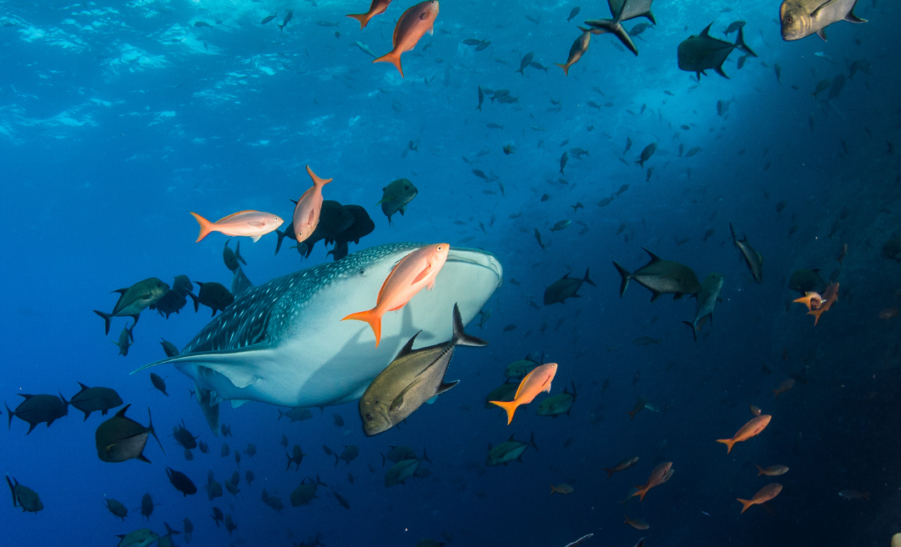The science of nature can be intimidating for beginning nature-lovers thanks to the many specialized terms and words it uses. One of the words that naturalists and scientists throw around all the time nowadays is biodiversity. But what exactly is biodiversity? What does that term mean in the first place?
Let’s find out in this Deep Stuff post.
Stuff that’s different
The term biodiversity, coined by the ecologist E.O. Wilson, comes from the root “bio-” meaning life, and diversity. Diversity is the quality of having differences or variation in things. Or, as I like to call it, “having different kinds of stuff”.
For example, if you order a beer sampler at your local bar, you’re experiencing a diversity of flavors. The same concept applies for biodiversity, but it refers specifically to the natural world.
Biodiversity is the richness and variety that we find in nature.
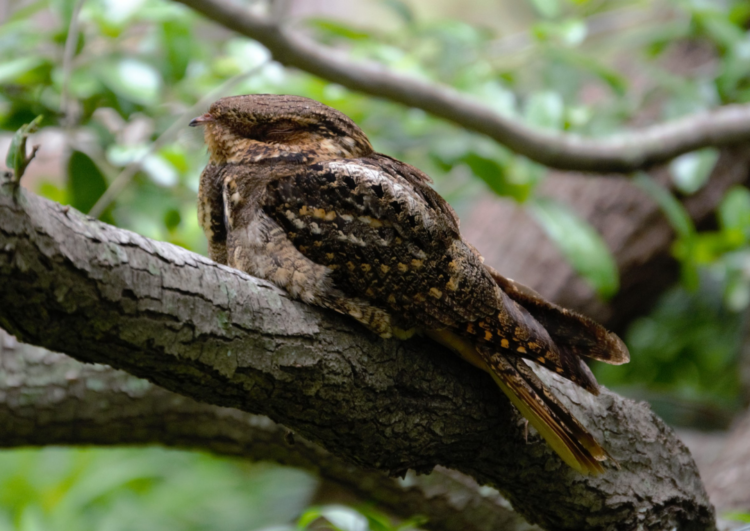
Ultimately, biodiversity refers to the amount of difference or variety in the natural environment. I like to describe it as “how much stuff is different in nature” within a given place.
You can talk about the biodiversity of any kind of natural place. That is, it can refer to areas at any scale that support life. For example, you could describe the biodiversity of:
- Yosemite National Park
- The Páramo of South America
- Your wildlife garden
- A single vernal pool
- The microbes in your stomach (there are tons, and that’s a good thing!)
Different kinds of different
Another key aspect of biodiversity is that the differences can come from different sources. Returning to the beer sampler analogy, one beer might be different from another based on:
- Flavor
- Color
- The brewery where it was made
- Its clarity or haziness
While that’s certainly not an exhaustive list, it gets a key point across. In order to recognize things that are different, you have to account for how they are different. Let’s see how this pans out with a nature example.
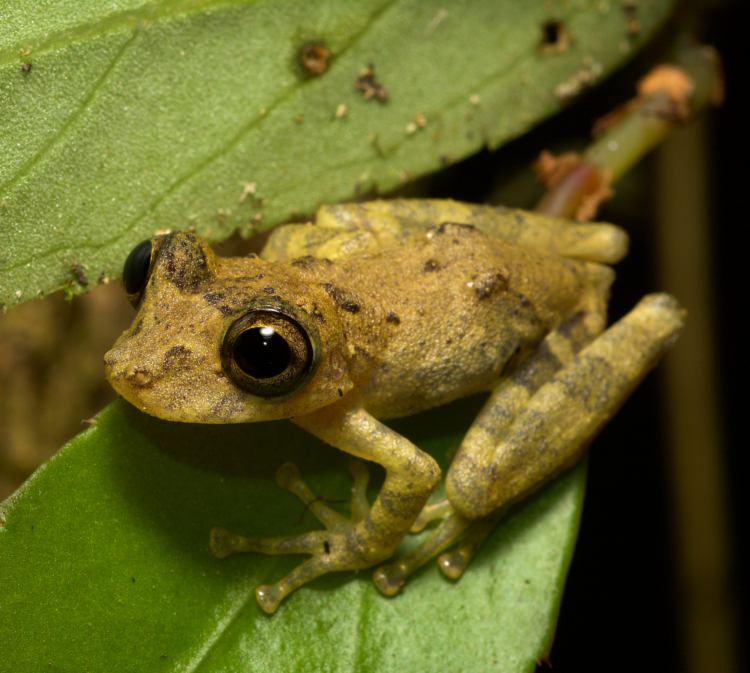
Looking at the wildlife in a back yard, I can spot all kinds of differences. There are:
- Different habitats that support different wildlife
- Various types of living things like fungi, animals, or plants
- Insects that do different things, like predators, decomposers, or pollinators
- A cluster of Violets; some are yellow, some are purple, and some are white
All of these sources of difference can contribute to the total amount of “stuff that’s different” in that back yard. In other words, all of the contribute to the yard’s biodiversity.
Types of biodiversity
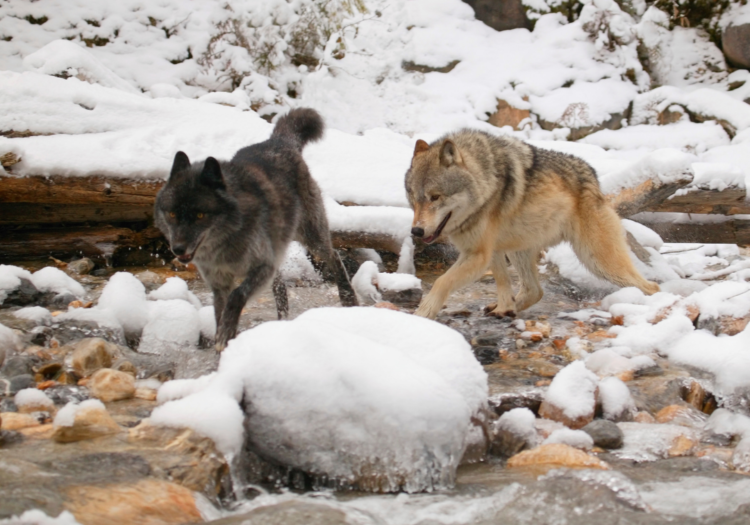
Just like there are different spatial scales of natural places, scientists also classify biodiversity according to biological scales. In other words, they organize the different ways that life can be different by certain levels. Here are some types of diversity that scientists often measure:
- Habitat diversity is the variety of different habitats available to wildlife.
- Taxonomic diversity is the number of different species, or how different those species are from one another.
- Functional diversity is the number of different roles living things play in an ecosystem.
- Behavioral diversity describes how different individuals or populations within a species show different behaviors. For example, Killer whales (Orcinus orca) that hunt different kinds of prey.
- Structural diversity includes differences in how living things are shaped, including measurements of particular parts of their bodies. This can be things like the roots and branches of plants, or the size of bat ears.
- Genetic diversity is the difference between individuals or populations in gene types. For example, some people have red vs. brown hair, or Northern flickers (Colaptes auraptes) are different colors in the Western vs. Eastern U.S.
How do scientists measure biodiversity?
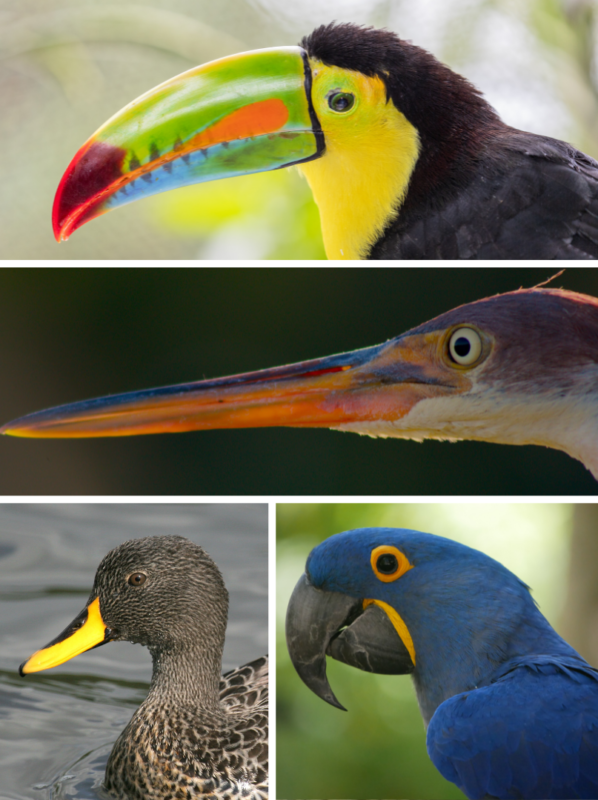
Given the many ways that things in nature can be different, the total biodiversity of a given place is an abstract concept. There’s no way that we could possibly account for all of the different types of difference, even in a small area.
Because of this, biologists usually concentrate on a few types of diversity that are easy to measure. Alternatively, they might look for types of diversity that are important for how ecosystems work.
For example, scientists might measure the diversity of bird or tree species they find on a site, or the number of trophic roles that wildlife occupies there.
Two useful concepts for describing the amount of difference in a collection of things are richness and evenness.
Biodiversity in numbers

Richness means the number of different things in the collection. For example, if we’re a bag of M&M’s might have six different colors in it. The richness of colors would be six. Even if I added a hundred more M&M’s to the bag, the total richness of colors is still six, unless I went to some specialty store with crazy-colored ones.
Evenness refers to how many individuals of each type there are, and how even they are. If I had a super weird bag of M&M’s where 99% of them were blue, I might have low evenness. If the M&M’s were perfectly split between each color, I would have maximum evenness.
Biodiversity in the wild
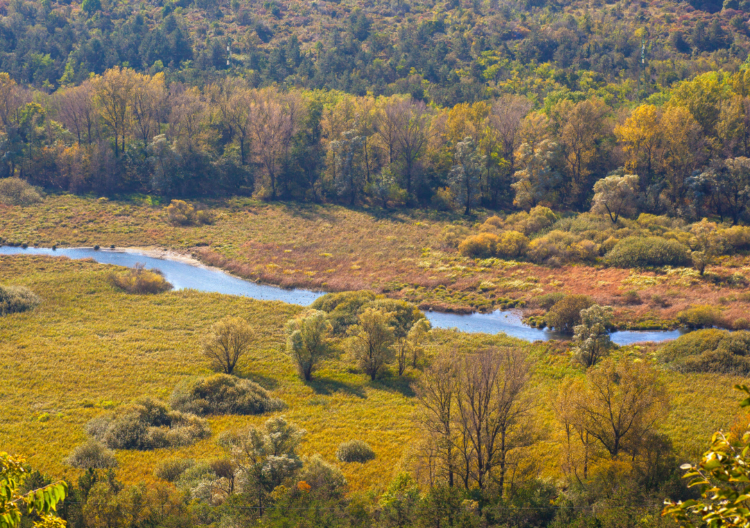
Since biologists can’t possibly document all of the biodiversity in the world, they use quick and efficient strategies to estimate it across different areas. These might include things like:
- Field surveys, like counting bird or mushroom species
- Genetic analysis using samples of blood, scat, hair, or feathers to tell individuals apart
- Satellite images to distinguish habitat types or communities of vegetation
- Citizen science or community science, with volunteers collecting data, for example the Bio Blitz Program
- Smartphone apps where people can submit species identifications
These approaches help gather information on where different species are found, and how biodiverse different areas are. With that information, scientists can help governments make better decisions about what areas need to be protected and preserved. By helping collect this information using Apps like Merlin and iNaturalist, you can do your part in this important work.
Want to learn more?
Here are some recommendations on great books that explore the concept of biodiversity and the great richness of life on our planet.
- The Diversity of Life by E.O. Wilson – A classic and accessible read by a world-famous ecologist on what biodiversity is with jaw-dropping examples of the variety of life on Earth.
- Living Planet: The Web of Life on Earth by David Attenborough – A journey through the fascinating living world with full-page photographs and charming anecdotes
- What is Biodiversity? by James Maclaurin and Kim Sterelny – If you want a deep dive, here’s your book. A thorough and academic examination of what scientists define as biodiversity and why it’s important.
If you’re more into podcasts, check out my Nature Guys episode on Freshwater Biodiversity, where we talk about what biodiversity is and why we need it.
Thanks for reading!
I hope you enjoyed learning the basics of biodiversity. Have you taken part in any community science or volunteer efforts on biodiversity? Do you have questions about the biodiversity in your neighborhood? Let me know in the comments! You can also send me a message using the Contact form. Until next time!

